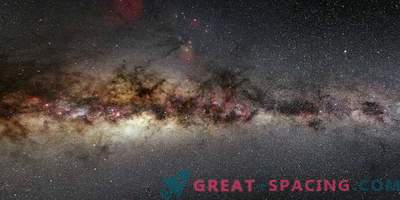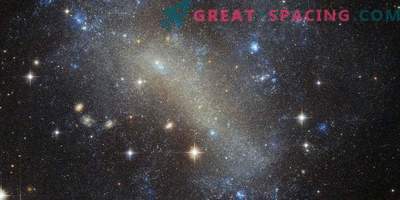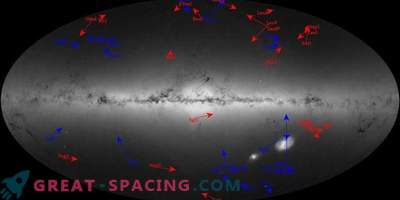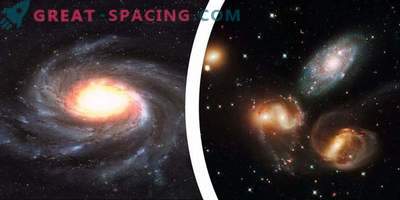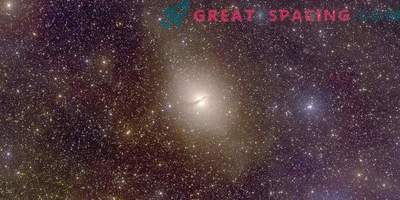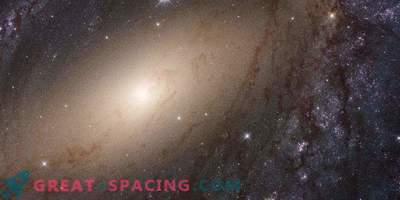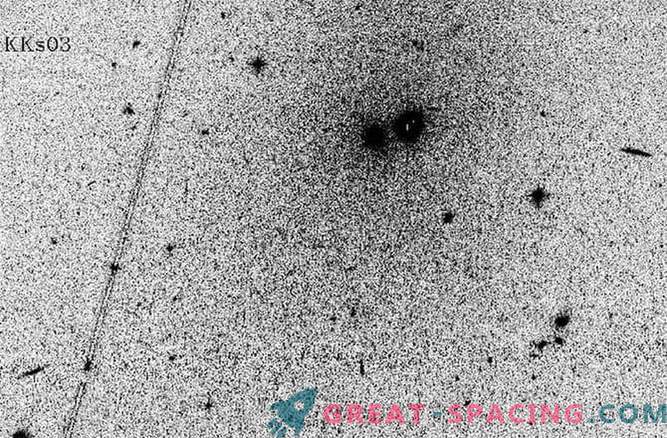
The tiny galaxy was discovered on the back of the Milky Way and now astronomers are wondering how many similar tiny galaxies are hiding in the intergalactic thickets.
Using the Advanced Camera for Surveys (ACS) camera of the Hubble Space Telescope, the Russian team of researchers was able to identify the dwarf galaxy KKs3, located about 7 million light years from Earth in the direction of the constellation South Hydra.
Having only one ten-thousandth mass of our galaxy, this tiny galaxy does not have familiar formations, such as spiral arms, but its discovery made the astronomical community think about how many other dwarf galaxies remain undiscovered.
Dwarf galaxies are fascinating objects, as they are devoid of gas and dust, necessary for the formation of new stars. Thus, dwarf galaxies are so ancient that the study of their stars is akin to cosmic archaeological excavations. They are so old that their stars are very dim, making dwarf galaxies difficult to detect.

Color image of the dwarf galaxy KKs3
These dwarfs are usually located in the orbit of large galaxies (for example, the Milky Way and Andromeda galaxies have several similar satellites), and their star-forming gas, scientists believe, was stolen by more massive galaxy neighbors. But KKs3 is not in close proximity to another galaxy. This is a fully isolated dwarf galaxy and it is so rare that two similar objects were discovered: KKs3 and KKR 25 in 1999. It is believed that individual dwarf galaxies evolved differently than their more massive relatives. Away from any gravitational interference, isolated dwarf galaxies retained their star-forming gases, but they were all absorbed at the beginning of the formation of stars. Without releasing a new interstellar gas, astronomers should scan the intergalactic space very carefully so as not to miss them. This is the main reason why Hubble did not detect any dwarf galaxies outside the local group.
“Finding objects like Kks3 is a very painstaking job, even with the help of an observatory such as the Hubble Space Telescope. But thanks to perseverance, we are slowly filling up the galactic map of the local area, which, as it turns out, is not so empty,” said Dmitry Makarov , a specialist from the Special Astrophysical Observatory in Karachay-Cherkessia, Russia.
The team will continue to search for closer dwarf galaxies thanks to data from the Hubble Space Telescope, but the task will be easier when the next generation of telescopes such as the James Webb Space Telescope (JWST) and the European Extremely Large Telescope (E-ELT) are built.


